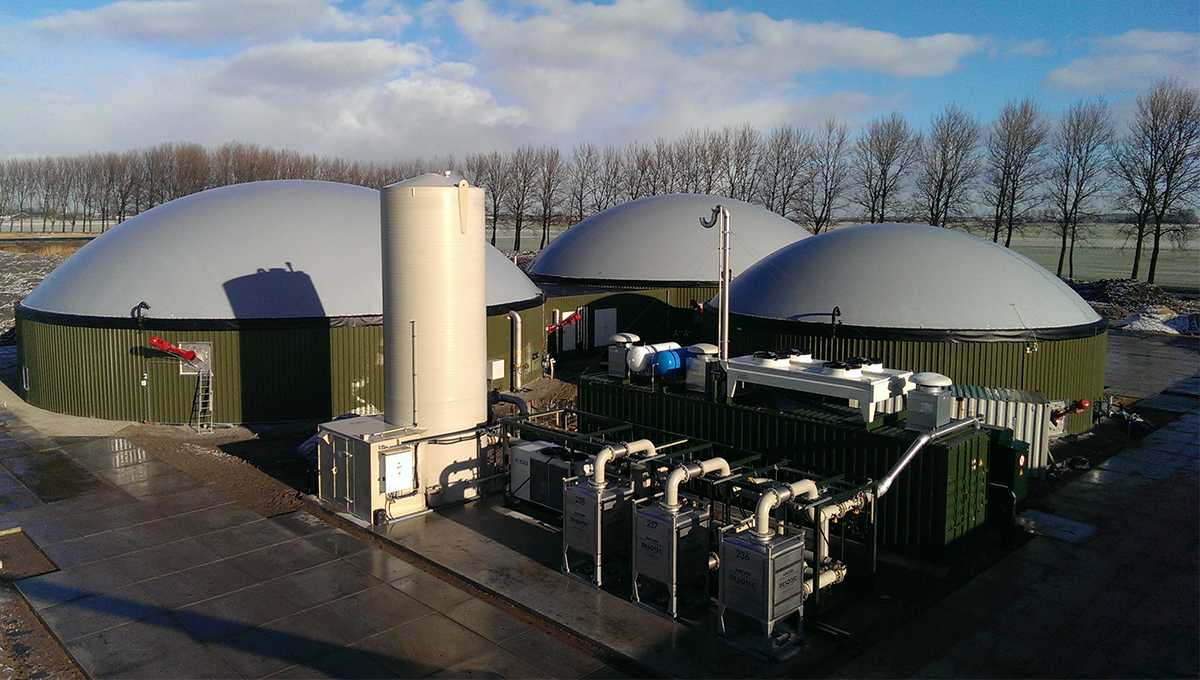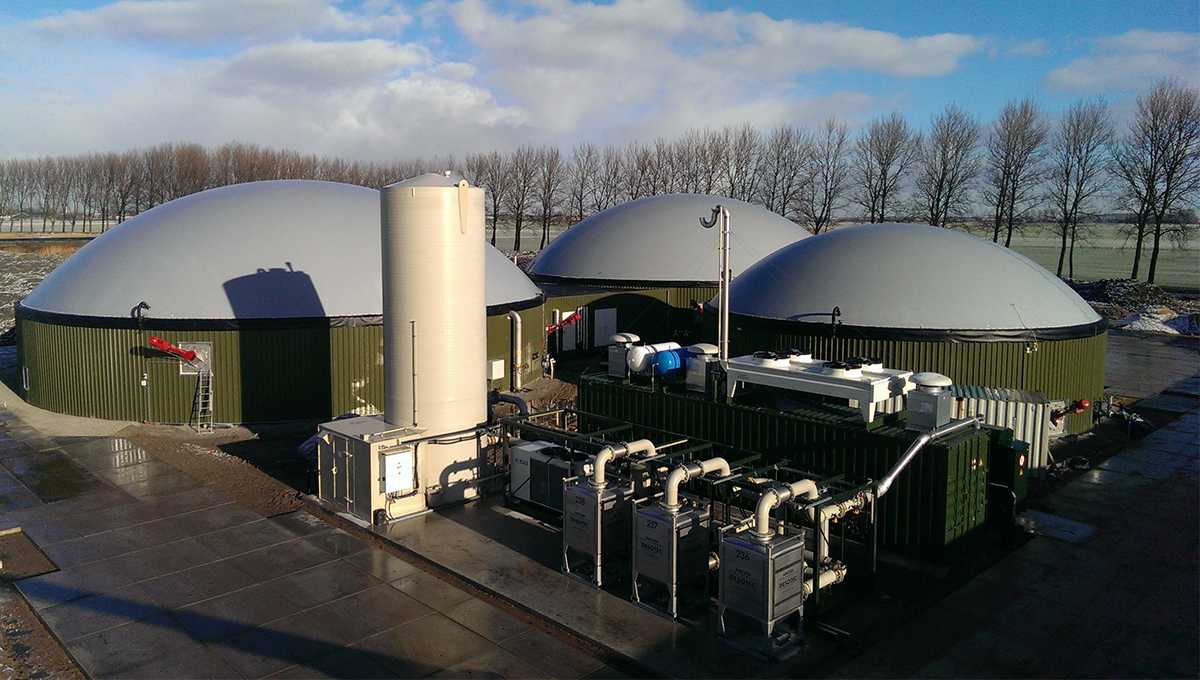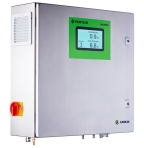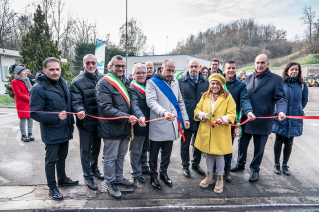- Home
- Solutions
UTILIZE YOUR BIOGAS TO ITS FULL POTENTIAL
Pentair offers a comprehensive solution for upgrading biogas into high-value biomethane. Our innovative two-in-one system notonly transforms biogas into Renewable Natural Gas (RNG) but also enables the recovery of CO2 from a secondary stream - turning a byproduct into a valuable resource - biogenic CO2.
Go to product page biogas upgrading
SYSTEM ADD-ONS
BOLT-ON:
Pentair CO2 Recovery : Produce biogenic CO2 from an existing biogas upgrading system by adding our bolt-on solution.
GAS QUALITY CONTROL:
Pentair BioSENSE: Manage VOC contamination levels of your biogas.
GAS COMPOSITIONS ANALYSIS SERVICE:
Pentair Cas Compositions Analysis Service: Test the purity of your biogas and biomethane.

Waste into value
With the Pentair CO2 recovery technology, retrieve the CO2 waste by-product and sell it to different industries as a raw material. It can be used for dry ice manufacturing or beverage carbonation, among other purposes.

EFFICIENCY
Pentair membrane-based biogas upgrading requires no additional chemical or operation media. CH4 and CO2 separation is achieved at ambient temperatures, with the heat recovery process facilitated without the requirement of external heat.

SYSTEM UPTIME
With a Pentair Service Level Agreement, benefit from peace of mind and high system uptime of your Pentair Biogas Upgrading plant.
-
HOW DOES IT WORK?
-
The heart of the system is the membrane separation unit. The membrane separates the two major gas components: CH4 and CO2. The separation is accomplished through the pressure difference over the membrane surface.
The high-pressure biogas is fed into the membrane, and the CO2 passes through the membrane surface to the permeate, the low-pressure side, much faster than CH4.
The membranes are pressure-driven, so the higher the pressure, the more CO2 will pass through the membrane surface. The discharge from the membrane (the retentate) contains mainly CH4, as the CO2 has been pushed through the membrane surface. The CO2 rich gas will leave the membrane on the low-pressure side of the membrane (permeate).
Related Products
CO2 RECOVERY
Pentair’s CO2 Recovery is the proper installation to create green liquid CO2 from a renewable, cost-efficient source: upgraded biogas.
BIOGAS QUALITY MONITORING - BIOSENSE
BioSENSE is developed for biogas producers that want to increase their profitability and reduce their risks.
OUR TECHNOLOGY PARTNERS
We proudly collaborate with partners to help us achieve end-to-end solutions for our customers. Through this collaboration, we convert a renewable energy source, biomethane, into useful: gas to grid, bio-LNG, bio-CNG, and bio-CO2.
| TITLE | DOWNLOAD PDF | |
| Technical documentation | Looking for operating instructions, installation manual, spare part list etc.? | Please, send us your request |
NEWS



